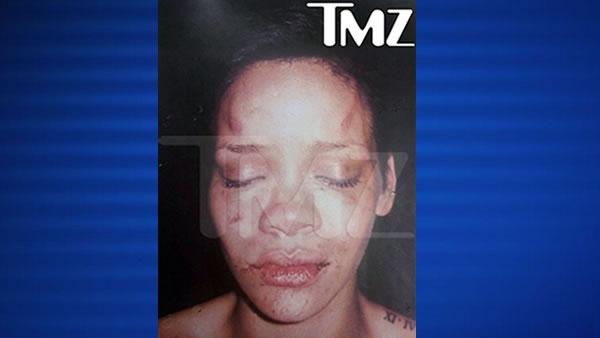http://www.youtube.com/watch?v=Wj09lWcz0yk
Some of you may have seen that before, but for those who haven't yet seen it, did the end surprise you? It surprised me the first time I watched it. I think this ad is really effective for quite a few reasons, all of which center around pathos.
When you start watching the video, it's confusing. Is it an ad? Is it a short film? I guess it could be called both. We watch a relationship progress: hanging out, meeting friends, going on vacation, getting in a fight, moving in, meeting the parents. Pathos begins its function first by making us look at the video from our personal perspective. We imagine ourselves going through the experiences the video takes us through, and it's easy to do since the video is done in a first person type of perspective. The video is easy to relate to.
At the end, the proposal comes! How exciting! When the camera pans around, we expect the ring to be going onto the hand of a female, but as the forearm of the newly engaged comes into the picture, we see it's a man. Surprising, probably, for most of us, but the ad makes us question, "should it be?" This is where pathos wraps up its function in the ad.
We realize that what is shown in the video is quite different from what we expected, and acknowledge that this seems unusual, or perhaps surprising. When I watched the video, I felt almost a little guilty for making the quite large assumption that the couple was straight.
By filming the video from the first person perspective, the ad makes the gay couple's love relatable because it first seemed like our love. Gay and straight couples alike enjoy vacations, go through the same milestones, and have similar fights and relationship struggles. Viewers realize the great similarity of both homosexual and heterosexual love through watching the video, and the text at the end uses logos to urge viewers to extend the universality of love to universality of opportunity to marry.

